Pirated goods, counterfeits, or fakes are just a few terms that can easily ruin an online shoppers’ day. These terms pertain to items that are copies of the original created to sell at a drastically low price. In some cases, there are fake items that look exactly like the original. Making it difficult to determine if the item is a counterfeit or not.
To make things worst, if you’re an online shopper or is someone new to the online e-commerce industry, it’s almost impossible to determine if a product being sold online is fake or not. For example, popular online shopping sites such as LAZADA and Shoppee sells millions of items on their platforms. With that much listing, one would expect that those items are sold by the platform company which is not.
How does LAZADA/Shoppee work
To clarify how things work, both LAZADA and Shoppee only act as the selling platform. In layman’s terms, a place where sellers can sell. This means, there are thousands of different sellers enlisting their product on both platforms to sell online. And some of those will be counterfeit and fake products.
 |
 |
Fun FacT: Did you know that the world’s market and economy lose half a trillion US dollars globally due to imports of counterfeit and pirated goods yearly? Shocking isn’t it?
So for this article, we lay out the best guidelines for you to determine if that item that you are currently looking at right now on either platform is fake or not. A comprehensive guide on how to spot a fake counterfeit item on LAZADA and Shoppee.
So without further ado, here are our guidelines that you can use.
How to spot fake/counterfeit items on LAZADA
Read the Product Reviews section
In most cases, people who already bought the item will mostly post bad feedbacks about the product. You can find those feedbacks under the product reviews section. This is by far the fastest way to know if the product is bad, fake, counterfeit, or worth buying.
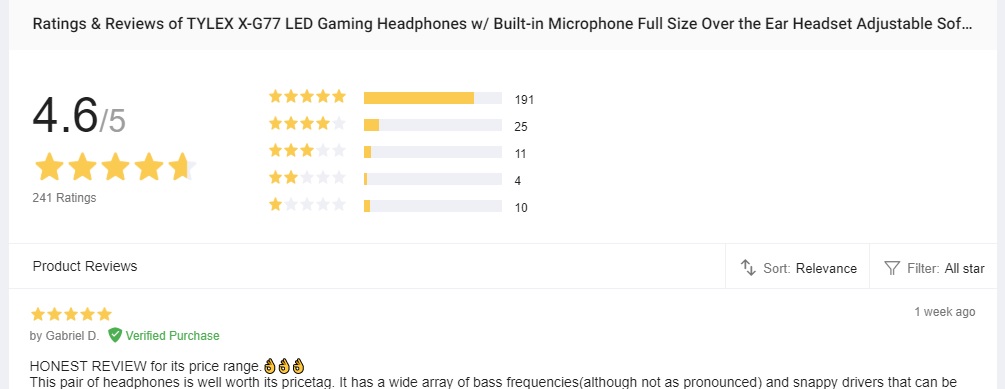
Check the Sold By section
A seller selling fake or counterfeit products will have negative feedback from the buyers. This will affect their positive rating as a seller and that’s a dead giveaway if you’re buying something bad. Our rule of thumb is, if a seller has a positive rating of less than 80%, it’s best to avoid buying anything from that seller.
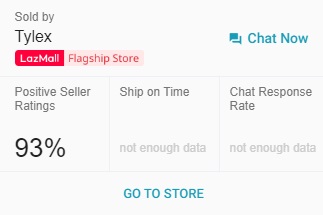
There are a couple of key aspects that you need to take note of in this section. If a product that you plan to purchase doesn’t have any feedback, then your next best step to take is to observe this section. Look for the Positive Seller Ratings. As a rule of thumb, if a seller has less than 80% ratings, it means that it’s best to avoid buying anything from that seller.
Observe the Product Presentation
Simply observe the product presentation page. Does the item you’re interested in contain a couple of pictures? Provides more details about the product under the product detail section? Does the seller offer a promotional discount or bundle discount with other products? If your answer is no to all of these, then there’s a high probability that that item is fake.
Too good to be true Selling Price
Another dead giveaway that determines a product is fake is its selling price. If the price is too good to be true, then it’s fake unless if the seller mentions or explains why the price is so low such as seasonal discounts. A good example that showcases numbers 3 and 4 is this Sony WH-1000XM3 that is being sold for less than ₱4,000.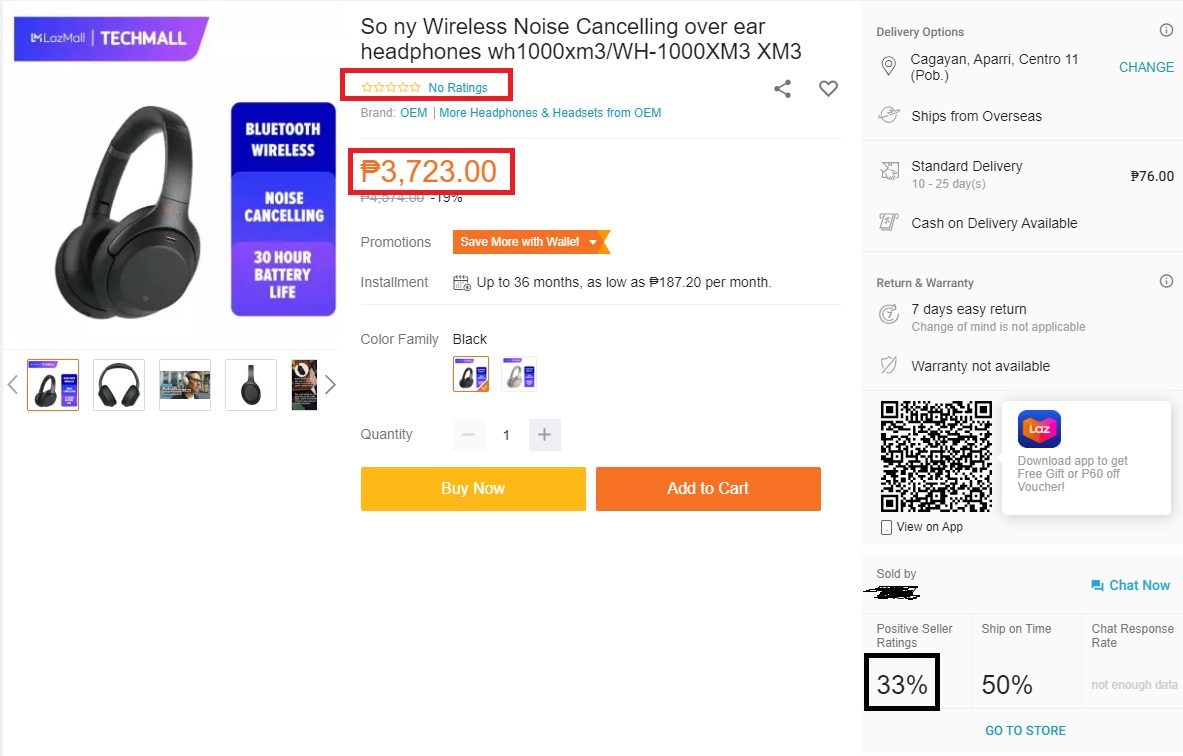
If you observe the product page, it displays a couple of product images and well-oriented product details. However, if you observe closely, the shop has less than 80% positive rating, the product is shipped overseas, and the price is too good to be true. FYI, Sony is still selling its WH-1000XM3 headphone for ₱20,000 all throughout its branches and flagship stores.
Another good example is this listing of Razer Raiju Tournament Edition on Lazada.
If you noticed, the product name is also obscure. Instead of Razer, the seller named the product “Ra zer” with space in between and the same thing goes with our first example, it’s “So ny” instead of Sony. Some sellers do this naming scheme to avoid Lazada’s counterfeit product detection when listing items. By doing so, Lazada’s product listing system will not be asking the seller to provide more requirements as legal proof that they are allowed to sell such items.
If you proceed to purchase this item, you can expect four possible outcomes, you will either get a low-quality clone of the product, the seller will either cancel the order or request you to cancel it, you’ll either get an empty shipping pouch or box, or a different product.


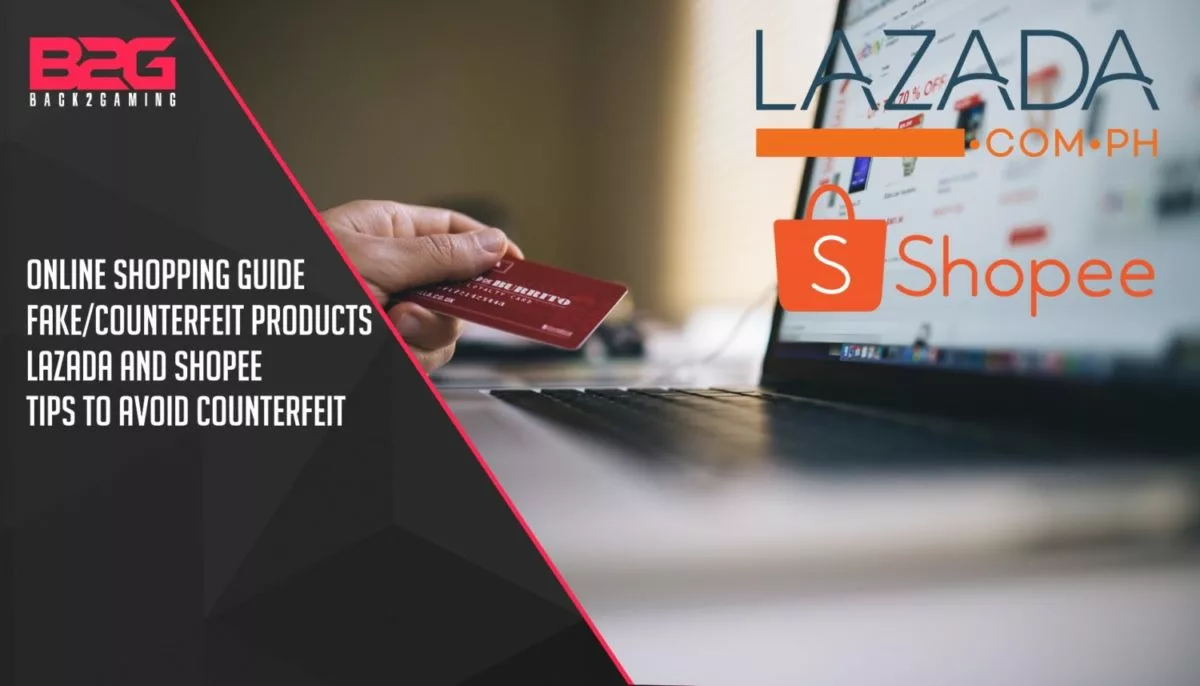

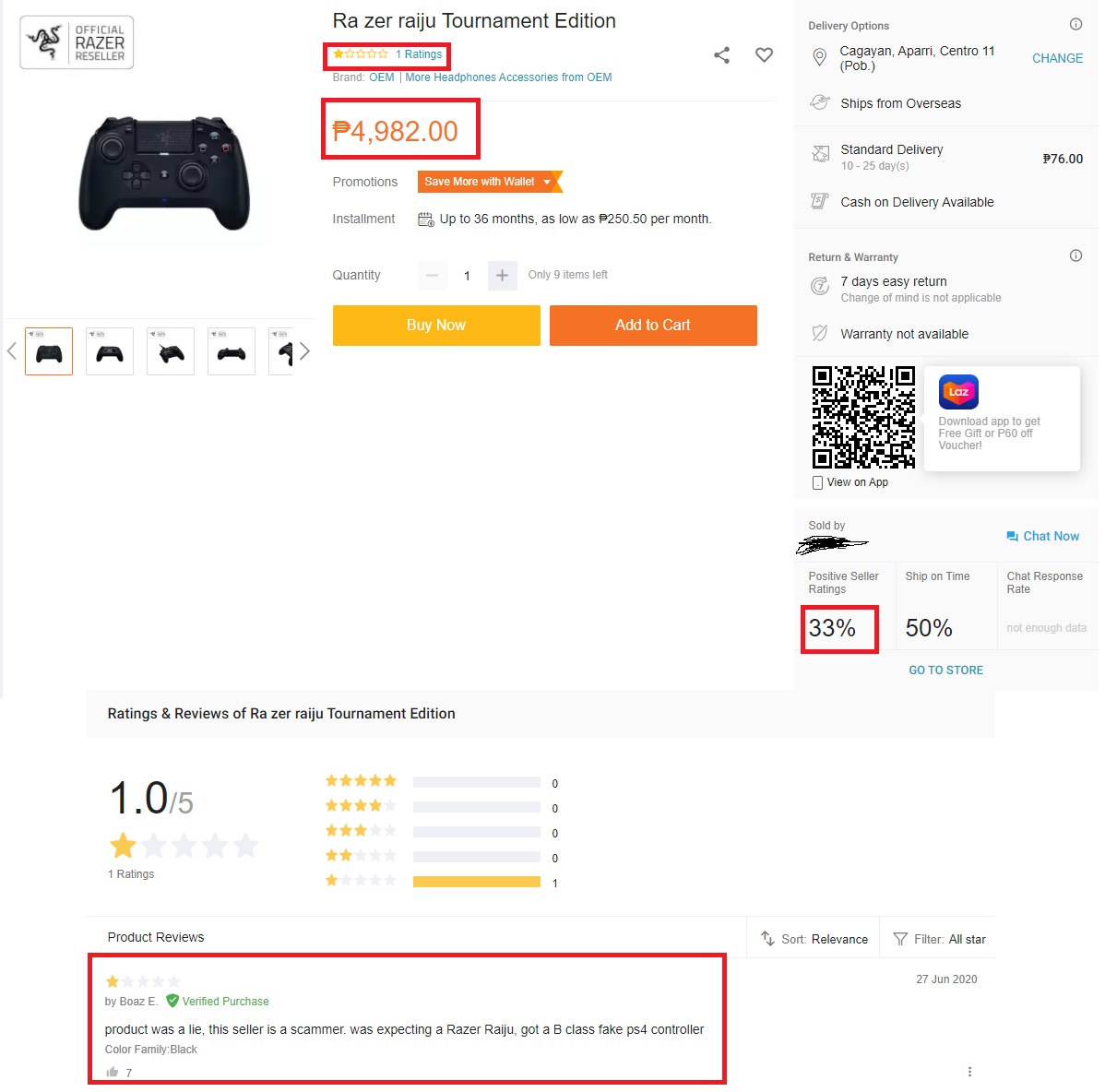
7 Comments
Why does Lazada and Shopee allow these fake products to be sold on their site ? Buyers who complain and return items they believe are counterfeit are informing these Online portals that the product is fake. Why don’t they remove the sellers after checking it out for themselves ?
Answer, They allow the selling of counterfeit items.
For example. There is no such thing as a 18650 battery with a capacity more than 3000 mah. The makers of 18650 batteries warn of fakes on their web sites and state that any battery larger than 3000mah is fake. Lazada allows the selling of hundreds of fake 18650 batteries usually labeled Ultrafire claiming to be 4800,5400 or 7800mah. There is no such thing. What you are really buying are used near dead laptop batteries that have been wrapped in new labels. It would be a simple thing for these online portals to shut down some of these sellers but they don’t lift a finger to protect their customers.
Ya it’s that obvious Shopee and Lazada allow the sellers to rip off the buyers.? Selling items that do not even exist. Would be interested in reading why they allow their customers to be cheated with obvious fake products.
Its not just that they allow selling counterfeit products, but I got excited to buy something from an official shopee add cause I couldnt believe the price was so cheap. Then I checked the seller and it was all negative ratings. Yet they use this in their own adds? Below reprehensible.
During 12.12 event i bought an ares10 from romoss official store (take note:lazmall) in lazada…upon receiving i immediately checked if its authentic or not, but the code is INVALID,meaning the item they sent me is not authentic…i messaged the store about the problem, of course they insist that the item is authentic but they could not send me a proof when i asked them to, in the end they just resorted to blaming the counterfeit checking site for having a technical problem…what happened is so disappointing, and may i emphasize i bought the item in ROMOSS OFFICIAL STORE
its supposedly a good read but the link you gave above as an example of fake does not seem to be fake (maybe). there is already posts made by buyers and rating is already above 80%. the seller could be at risk when you use him/her as example but he/she sells authentic products. check the link again. im just saying two sides of the coin…
Selling price is not guaranted, I bought a supplement for men from lazada which I thought to be original from canada because of its price of 4k, the packaging was good but the item was already opened and the label was not good with wrong spelling from China
There is absolutely no point checking the review section on Lazada to see if something is genuine or fake because they reject all reviews that mention the word fake or counterfeit.